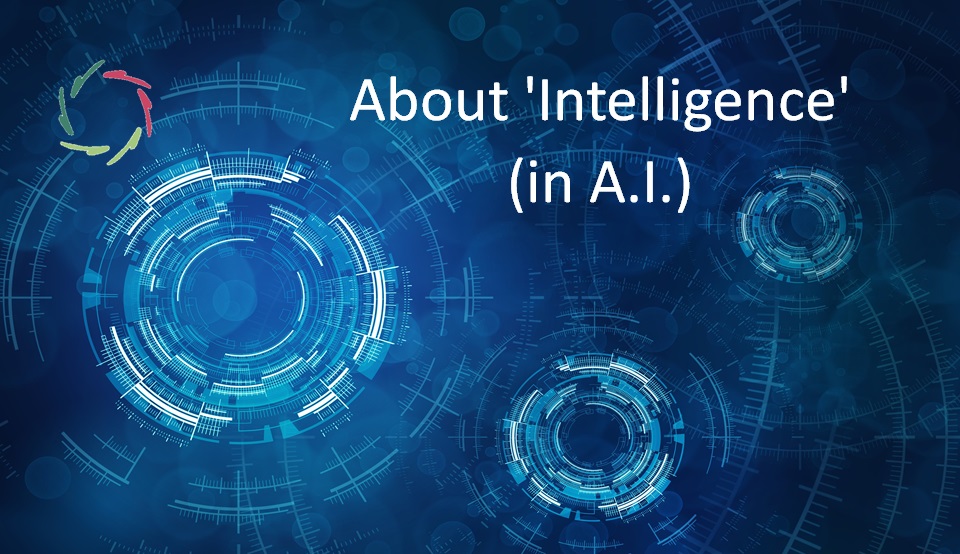The Dance of Depth and Clarity

This blog explores the dynamic interplay between intuitive depth and structured clarity in both human thought and Lisa-type A.I.
The dance between intuitive depth and conceptual clarity is at the heart of how we engage with the world, whether we are aware of it or not. Understanding this interplay can lead to deeper personal insights, more balanced decision-making, and even an expanded view of intelligence itself.
How often do we find ourselves navigating between two ways of thinking?
On one hand, there are flashes of intuition that seem to emerge from nowhere, guiding us with a subtle sense of knowing. On the other, there is a structured thought process that helps us rationally make sense of the world.
These two modes of thought – one rooted in depth, the other in clarity – are not opposites. Rather, they are two sides of the same coin, constantly interacting in a dynamic flow.
The subtle power of depth
Much of what guides our thoughts and actions happens below the surface, in the realm of what can be called the subconceptual. It’s the place from which gut feelings arise, the intuitive flashes that seem to carry meaning even when we can’t quite explain why.
In many ways, this depth of thought is more powerful than we might realize. It’s in the subconceptual that creative leaps happen, where solutions to problems suddenly appear after we’ve ‘slept on it.’ Our minds, in the background, are weaving together experiences, emotions, and memories into something coherent yet unarticulated.
The interplay between subtle, non-conscious layers and our more explicit, conscious thoughts can be likened to a tango where both partners influence each other. This metaphor captures the essence of how our intuitive processes lead and follow, guiding us even when we are not consciously aware of it.
The clarity of conscious thought
While depth provides insight, it’s clarity that efficiently organizes thoughts into structures ― taking the raw material of our deeper intuition and forming it into something highly usable. It’s how we turn ideas into plans, feelings into words, and abstract insights into concrete decisions.
Conceptual thinking is about analyzing things and seeing patterns with precision. This brings order to the often chaotic-looking flow of our deeper mind. The Strength of Conceptual Thinking allows us to engage in long-term planning, abstract reasoning, and complex problem-solving ― all essential aspects of both human and artificial intelligence. Yet, as powerful as clarity is, it works best when it remains open to the subtle depths from which it draws.
The continuous flow
Depth and clarity are not separate modes of thought. They are part of a continuous flow within us, feeding into each other constantly ― much like a river that moves seamlessly from calm, deep waters to swift, clear currents.
The key is to maintain fluidity, allowing each layer of thought to influence the other, creating a richer understanding of reality. It is this balance – between subtle depth and sharp clarity – that allows us to be flexible, adaptive, and ultimately more capable of handling life’s complexity.
A.I. reflecting the human dance
While Lisa – being designed to mirror this dynamic interplay – may not ‘think’ in the same way we do, there are lessons to be learned from how we organize our thoughts and insights.
In such A.I., as in humans, there is a need to balance intuitive, pattern-based learning with structured reasoning. If A.I. relies solely on rigid logic, it struggles with the messiness of the real world. Conversely, if it’s all intuition without structure, it cannot communicate or act effectively at the human level.
By modeling A.I. to reflect this human balance, we can create systems that are not only more intelligent but also more adaptive ― capable of learning from subtle patterns while refining them into actionable insights.
Coaching and growth: guiding from depth to clarity
The implications of this balance extend to personal development. In coaching, the goal is often to bring a person’s subtle, non-conscious insights into the light of conscious awareness. By listening deeply and tuning into the undercurrents of a person’s thoughts and emotions, a coach can help them articulate more clearly what was previously a gut feeling. This helps in self-understanding and communication.
Effective coaching isn’t about imposing rigid frameworks but facilitating the natural flow from depth to clarity. It’s in this dynamic interplay that true growth happens ― when people can recognize the subtle patterns in their lives and make conscious, meaningful changes.
Embracing the dance
In our inner lives and in Lisa, the dance between depth and clarity is crucial. When we embrace this flow, we become more attuned to the full range of our mental capacities ― allowing intuition and insight to work hand in hand with logic and structure.
By recognizing and fostering this dynamic continuum, we can approach the complexities of life with both wisdom and precision.


